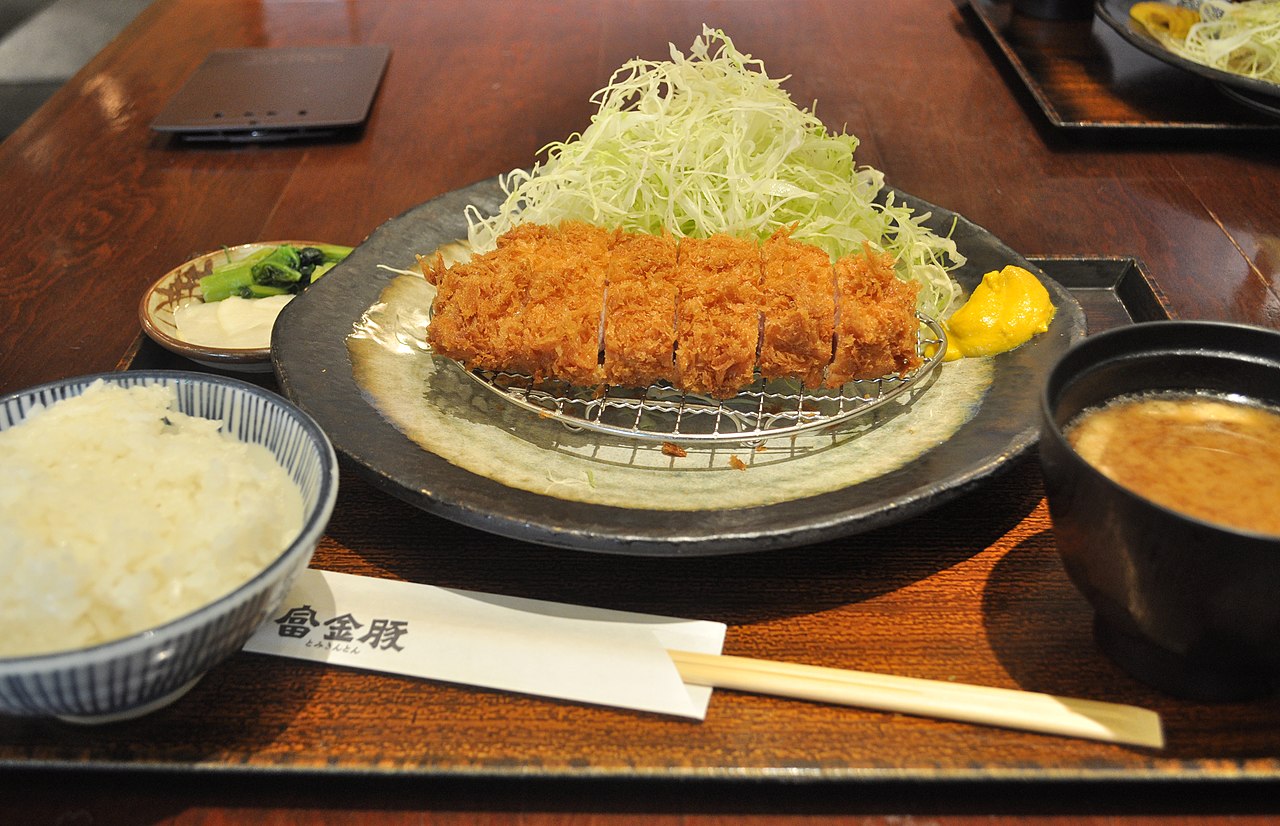For over a decade I have dreamt of possessing a snowblower. In years past, as heaps upon heaps of heavy powder enveloped central Sapporo, I was forced into backbreaking shoveling sessions of epic proportions. Whole mornings, evenings, blocks of time spent in pure drudgery. Often several days in a row, praying for an early spring.
This past fall my prayers were answered. In a rather dark way I suppose. As my father-in-law slowly passed away, he gave my wife and I “permission” and the money to purchase a snowblower. For decades he had refused to get one and now feeling that we would be needing to take care of the snow without his assistance; he finally relented. I was overjoyed. At the snowblower. Not the grim realities of death.
So a few months later, a shiny blue Yamaha YT-660 was dutifully delivered and its operation was thoroughly demonstrated to us in our parking lot by the dealership representative. We stored it in the garage and waited for the snow. I was ready to blast that snow away as soon as it accumulated. I looked forward to wearing my blue Yamaha snow parka that came with the purchase while smoothly shooting a stream of snow off of my sidewalk.
Well, we waited. Quite a while. Until New Years’ Day, rather late for these parts, when I finally fired up by blue beast and got to work. And it did the work, well. A little too well, as I began to learn. I was firing pressurized snow far an wide, which isn’t necessarily ideal for a novice snowblower operator negotiating a sidewalk along a busy side street and a parking lot filled with cars. My first several passes nearly sent a few ice-rocks into my neighbors back window. I also came close to denting a few cars. This is the problem of urban snow blowing that I had to learn the hard way.

Along with negotiating the tricky residential landscape of the central Sapporo ward, this winter’s bizarre weather only added to my woes. Rain in January. Wild swings of temperature that turned heavy overnight snowfall into a daytime sludge fest. To blow or not to blow? That was the frequent question as soaring daytime temperatures often took the snowblower out of the equation. It was sad, for me, to see my YT-660 lie stagnant, the gas gauge stuck on F.
Now it appears that the winter is signing off and spring is setting in. Several days at 10°C and rain to follow. I used my snowblower about 6 times this winter. Weak all around. It will get better. We’re sure to get slammed next year. And when we do, I’ll be ready.


























